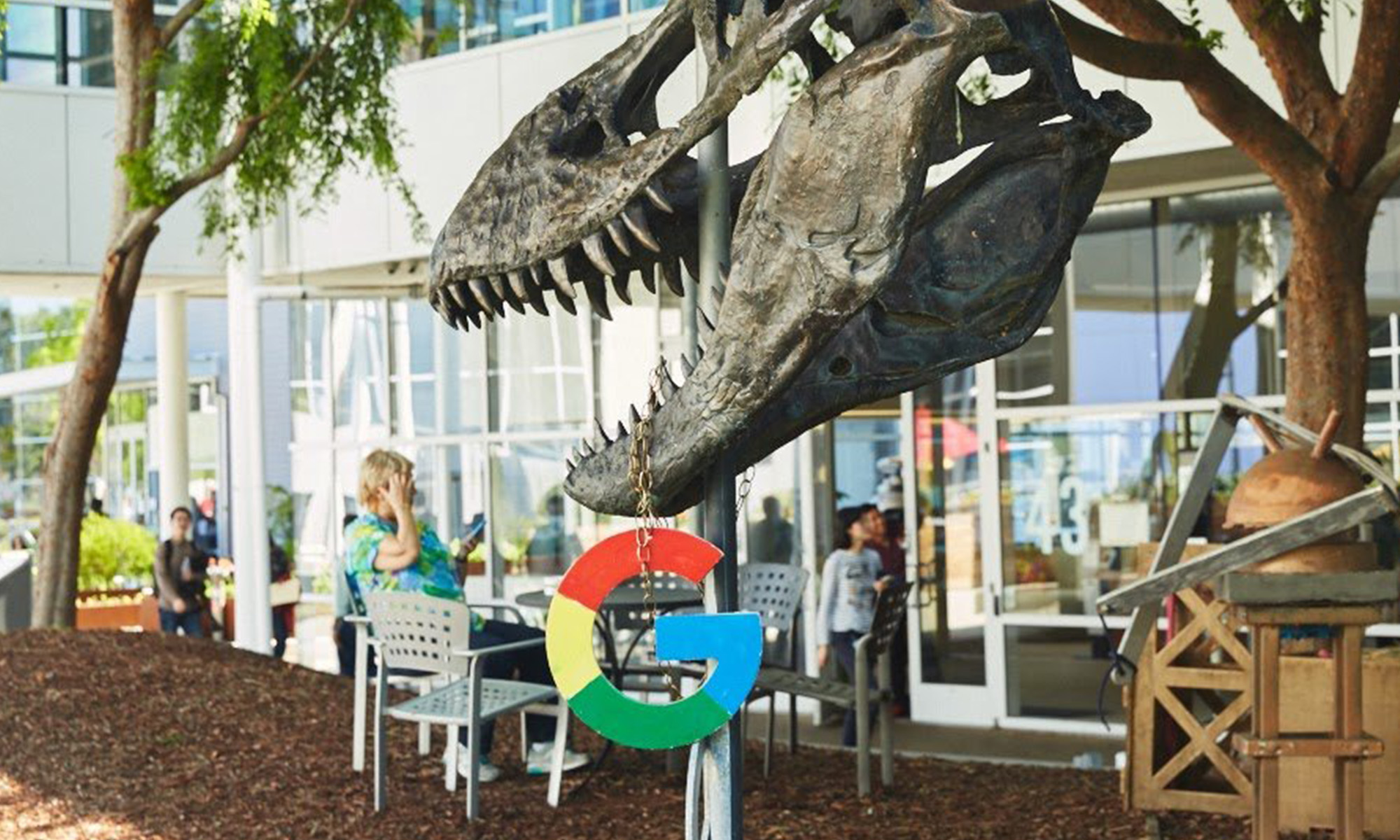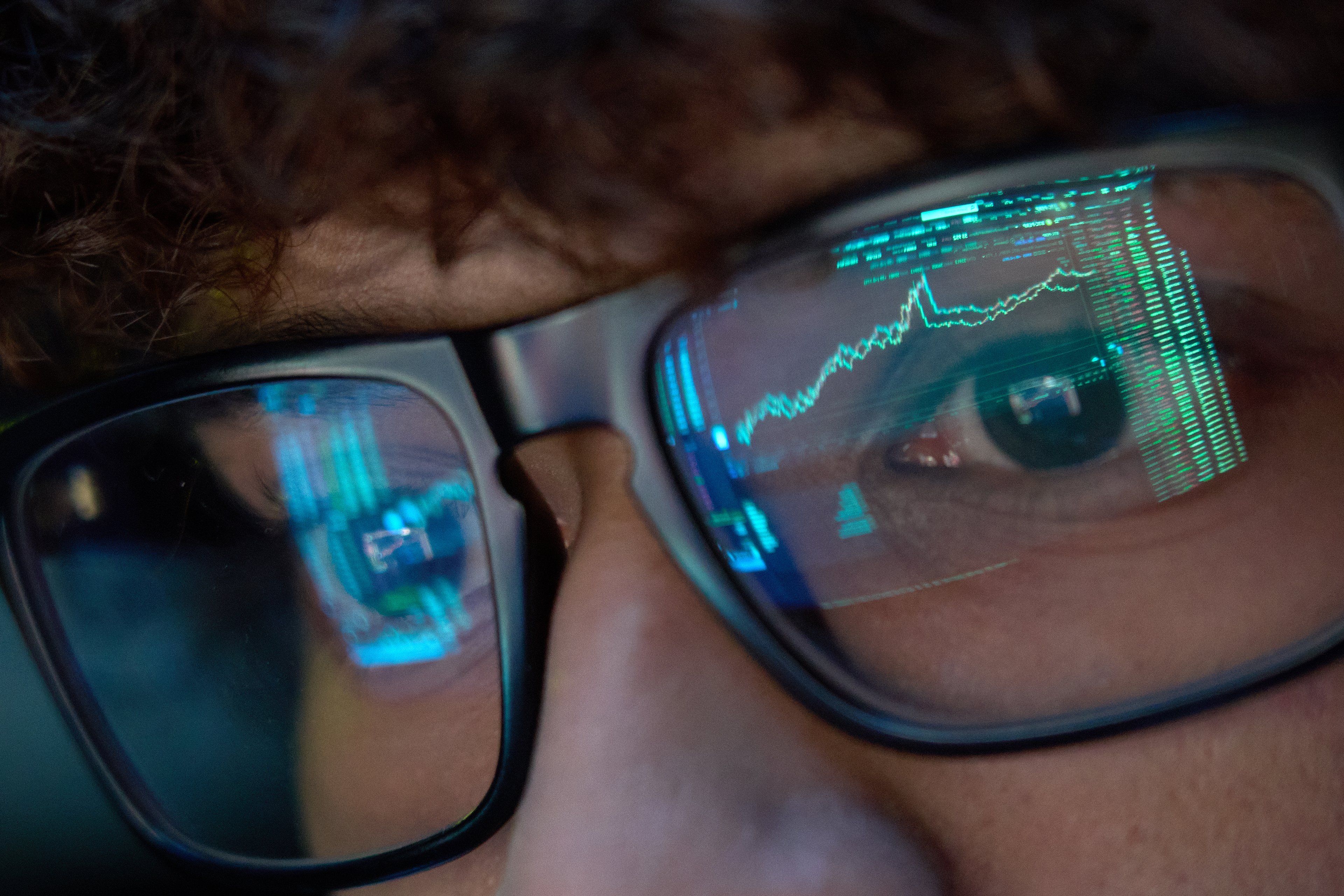Twitter (TWTR +0.00%) had a rough year. The social media site not only saw its stock price sink and stay down, it also lost its CEO and struggled to catch up with category leader Facebook (FB +1.15%).
It was a year of upheaval for the 140-character or less site, which saw the resignation of CEO Dick Costolo and a layoff of about 8% of the company's workforce -- a little over 330 employees. In 2015, Twitter struggled to find an identity and continued to wrestle with how to monetize its audience.
If this was the year Facebook definitively proved its long-term business viability, then it was also one in which its short-attention-span rival raised uncomfortable comparisons to MySpace, Friendster, and the rest of the ghosts of social media past.
2015, however, was not entirely a loss for Twitter. It was the year in which founder Jack Dorsey returned to take the CEO reigns, giving shareholders hope that things would get better. The past year was also one in which the company would change not only its platform, but social media in general, by buying what was at the time a tiny, unknown start-up.

Twitter and Facebook stock followed opposite paths in 2015. Source: YCharts.com.
What did Twitter do?
In March, with Costolo still at the helm (he stepped down in June) Twitter introduced its latest acquisition, a start-up called Periscope. The technology, which was already being used by people on the Twitter platform, had actually been purchased by the company in January.
The simple app does something that's so logical it's actually a wonder that neither Twitter nor Facebook had added the feature sooner. Periscope lets people share live video in their Twitter (or Facebook) feed. It turns every person's social media page into a live television station using as little as an iPhone to broadcast.
It's a platform that works both for broadcasters and for amateurs. It can be used by a professional news report to show breaking news events live, or it can be employed by your typical Internet narcissist to show off whatever nonsense he or she wants to share.
Periscope -- and its independent rival Meerkat -- simply changed how people could use social media. Instead of it being a static word- and picture-based format, or even one with embedded video, it became a broadcasting platform, That's a powerful change that makes Twitter (and Facebook) much more immediate platforms.
Where will this go next?
The biggest problem Twitter has with Periscope is that neither the app nor the idea of live video being added to social media was ever proprietary to the 140-character post site. Even though it owns the app, the company does allow people to use the live-video technology on Facebook. In addition, along with Meerkat, there are other Periscope rivals on the market, and Facebook even has one that it makes available only to celebrities.
So, while Periscope alone won't turn around Twitter's fortunes, it does make the social media platform dramatically better. It's one thing to read 140-character missives from luminaries like Justin Bieber or Kim Kardashian, and another thing entirely to see what they think we should be watching them do in real time.
Periscope could broadcast the next global revolution, or it could show Miley Cyrus getting a new piercing. It's incredibly versatile technology that makes every social media page a live television station. That may not bring Twitter up to where Facebook is, but it will change how people use social media in the long term.






